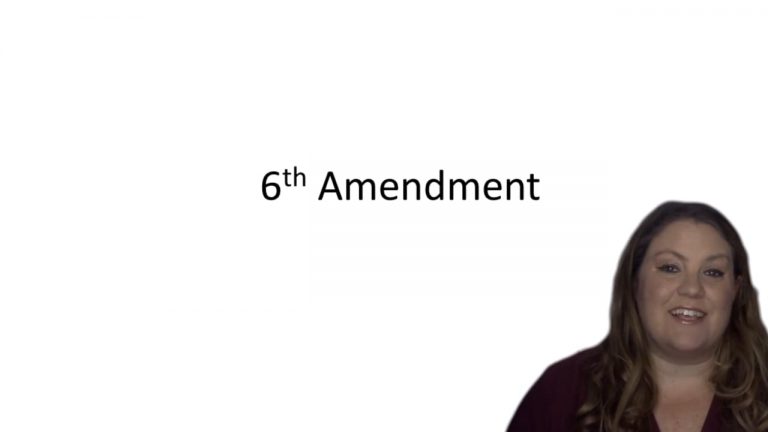SmartBrief
Confirm favorite deletion?
Criminal Procedure Keyed to Dressler
Barker v. Wingo
Citation:
407 U.S. 514, 92 S.Ct. 2182, 33 L.Ed.2d 101.Facts
On July 20th, 1958, an elderly couple was beaten to death by intruders. Two suspects, Silas Manning and Willie Barker, the defendant, were arrested shortly after and indicted on September 15th. The State had a stronger case against Manning, and it believed that the defendant could not be convicted until Manning was. On the day of Manning’s trial, the State sought and obtained the first of what was to be a series of 16 continuances of the defendant’s trial. The defendant made no objection.
The State encountered difficulties in its prosecution of Manning. The first trial ended in a hung jury. A second trial resulted in a conviction, but it was later reversed. At his third trial, Manning was again convicted, and the Court of Appeals again reversed. A fourth trial resulted in a hung jury. Finally, after five trials, Manning was convicted, in March 1962, of murdering one victim, and after a sixth trial, in December 1962, he was convicted of murdering the other.
While this was going on, the defendant spent 10 months in jail before obtaining his release by posting a $5,000 bond. He thereafter remained free in the community until his trial. The defendant made no objection, through his counsel, to the first 11 continuances.
When the State moved for the twelfth time to continue the case, the defendant filed a motion to dismiss the indictment. The motion was denied, and the State’s motion for a continuance was granted.
Following Manning’s final conviction, the State moved to set the defendant’s trial for March 19th, 1963. But on the day scheduled for trial, it again moved for a continuance until June due to the chief investigator of the case being sick. The defendant objected unsuccessfully. The witness was still unable to testify in June, and the trial was continued again until the September over the defendant’s objection. The trial was set for October 9th, 1963, and the defendant was convicted and given a life sentence. He petitioned for a writ of habeas corpus, arguing that his right to a speedy trial had been violated.
Only StudyBuddy Pro offers the complete Case Brief Anatomy*
Access the most important case brief elements for optimal case understanding.
*Case Brief Anatomy includes: Brief Prologue, Complete Case Brief, Brief Epilogue
- The Brief Prologue provides necessary case brief introductory information and includes:
Topic:
Identifies the topic of law and where this case fits within your course outline.Parties:
Identifies the cast of characters involved in the case.Procedural Posture & History:
Shares the case history with how lower courts have ruled on the matter.Case Key Terms, Acts, Doctrines, etc.:
A case specific Legal Term Dictionary.Case Doctrines, Acts, Statutes, Amendments and Treatises:
Identifies and Defines Legal Authority used in this case.
- The Case Brief is the complete case summarized and authored in the traditional Law School I.R.A.C. format. The Pro case brief includes:
Brief Facts:
A Synopsis of the Facts of the case.Rule of Law:
Identifies the Legal Principle the Court used in deciding the case.Facts:
What are the factual circumstances that gave rise to the civil or criminal case? What is the relationship of the Parties that are involved in the case.Issue(s):
Lists the Questions of Law that are raised by the Facts of the case.Holding:
Shares the Court's answer to the legal questions raised in the issue.Concurring / Dissenting Opinions:
Includes valuable concurring or dissenting opinions and their key points.Reasoning and Analysis:
Identifies the chain of argument(s) which led the judges to rule as they did.
- The Brief Prologue closes the case brief with important forward-looking discussion and includes:
Policy:
Identifies the Policy if any that has been established by the case.Court Direction:
Shares where the Court went from here for this case.
Topic Resources
Topic Outline
Topic Refresher Course
Topic Charts & Notes

 4m 2s
4m 2s